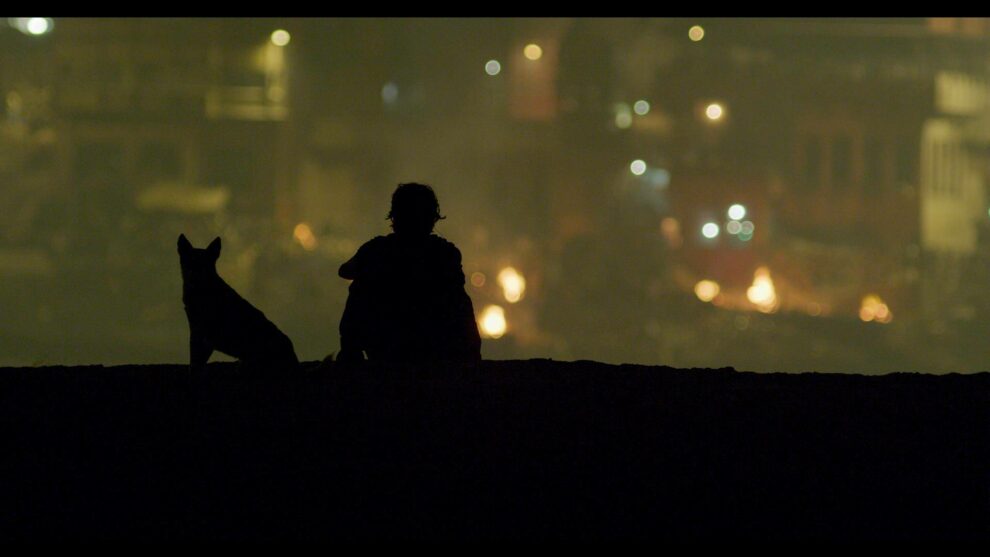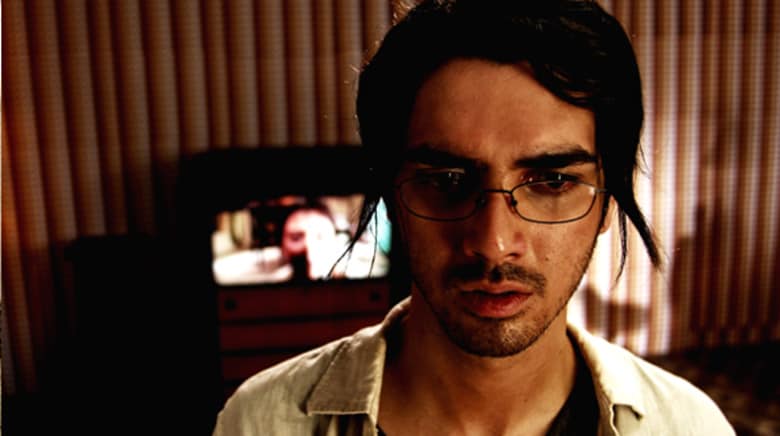Rajesh S. Jala has worked as a documentary filmmaker for the past 20 years. His first feature documentary, “Floating Lamp of The Shadow Valley” (2006), screened at the Amsterdam International Documentary Film Festival and competed at the Palm Springs International Film Festival, USA, followed by “Children of The Pyre” (2008), which screened at the Busan International Film Festival, and won the Documentary Award at the Montreal International Film Festival. “The Spark” , a film that moves between the feature and the documentary, is his feature film debut.
The Spark is screening at Vesoul International Film Festival of Asian Cinema

Filmmaker Kabir arrives in Varanasi and begins to film his new documentary, focusing on Durga, who works at a crematorium by the Ganges, and Amma, who awaits death in Varanasi to break the cycle of reincarnation. At the same time, however, it is soon revealed that shooting a film is not his only goal in the area.
Rajesh S. Jala uses an unusual narrative approach to his film, which is chiefly characterized by its intense duality. In that fashion, the scenes where Kabir is shooting his documentary also appear as an actual documentary in the movie, with him capturing the lives in the human pyres in the area, as much as Amma's life, mostly outside of them. This aspect also moves towards very intriguing visual directions, with the depiction of fires and intense zoom-ins to ants being both rather memorable to watch, and functioning as metaphors about life, death, and the violence that seems to dominate both. Arjun Singh Negi and Jala's own use of handheld cameras, the close-ups and the occasional depiction of what the protagonist is seeing through his camera, give this part its documentary hypostasis, in an approach that can also be characterized as intensely meta.
Check also this interview
The second part of the aforementioned duality comes when the movie camera turns towards Kabir, and particularly his life outside of shooting the documentary, which occasionally moves into paths that border on the thriller, although Jala keeps his narrative from steering completely that way. Sound plays an even more important role here, as we watch Kabir repeatedly listening to a shockingly violent lynching captured through his earphones, or sounds from speakers that essentially call Hindus to violence against Muslims. The revelations about his father and the reasons behind Kabir's decisions are somewhat justified in that way, with Jala making a distinct comment on how violence begets violence, and the role religion plays in this endless cycle that has been tormenting India.
The repetition of sounds and particular sequences, as the rather impressive one where Kabir is sitting in a cafe watching the passersby with his presence mirrored in the shop's glass window, induce the movie with an intensely ritualistic sense, that works quite well, both in terms of audiovisuals and overall entertainment. At the same time though, the repetition occasionally becomes somewhat tiring, with the fact that the intense build up of tension that seems to dominate the narrative, is not released in a way fitting to the build up also moving in the same direction. Perhaps the director felt that there is already enough violence implied and mentioned in the movie (and in the world) for him to add more of it, but the truth is that some kind of more intense peaking of the story would definitely help the film.
Puneet Swaraswat in the protagonist role is quite good in mirroring the overall approach Jala had in his mind, with him giving a rather measured performance throughout, without any particular exaltations.
“The Spark” is occasionally impressive, particularly in its audiovisual approach, which truly brings the viewer as close to the particular area and its overall circumstances, while communicating Jala's messages in the most eloquent fashion. It becomes obvious, however, that the documentary aspect works much better than the feature one, in a film that could have been much shorter and have the same or bigger impact. Its production values, on the other hand, definitely deem it one of those titles that deserves to be watched on the big screen, in an experience that is bound to be immersive, at least for the majority of its duration.















